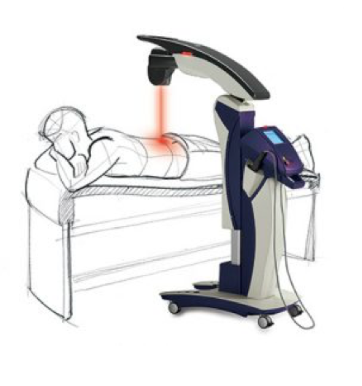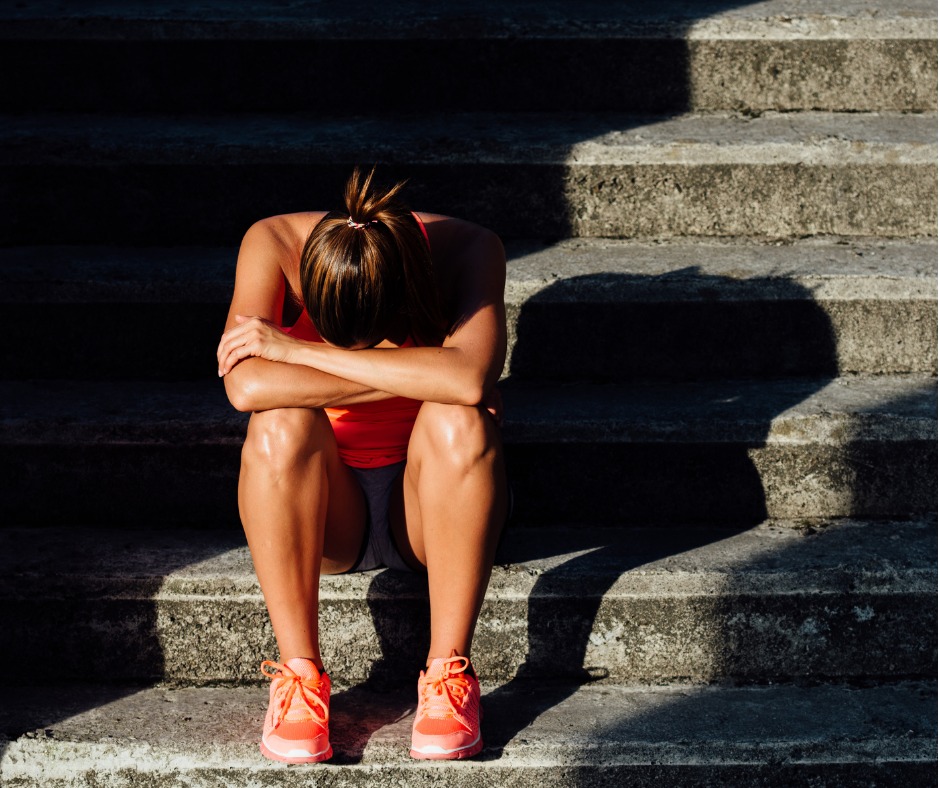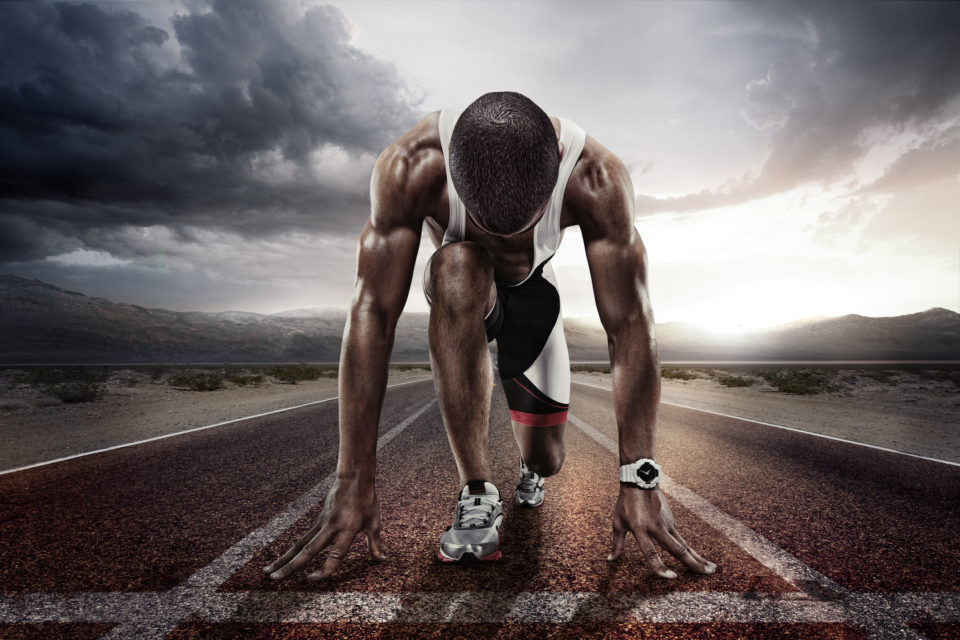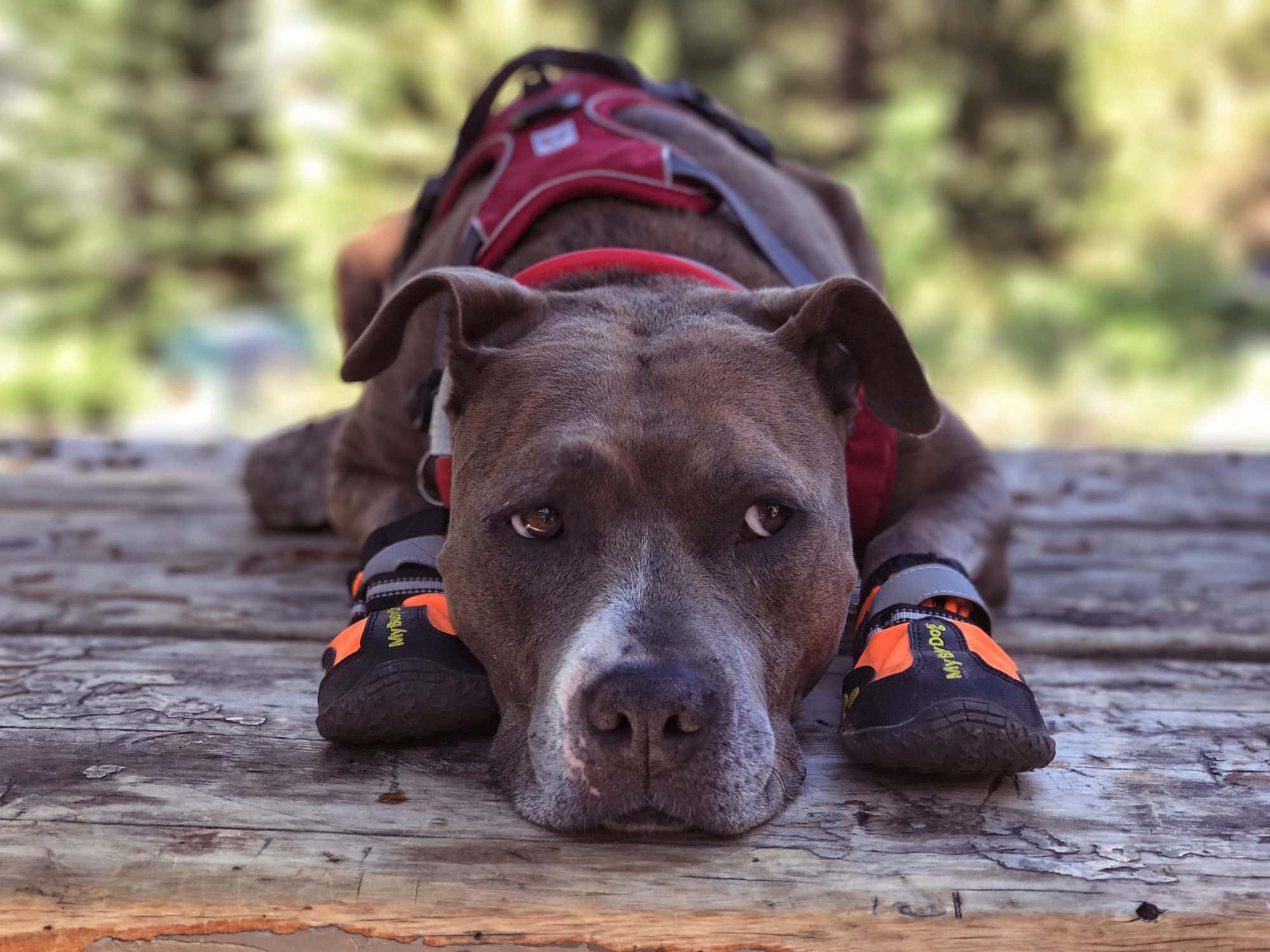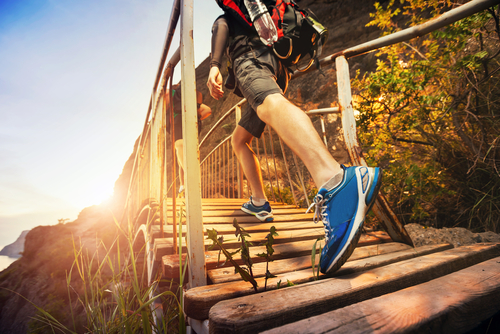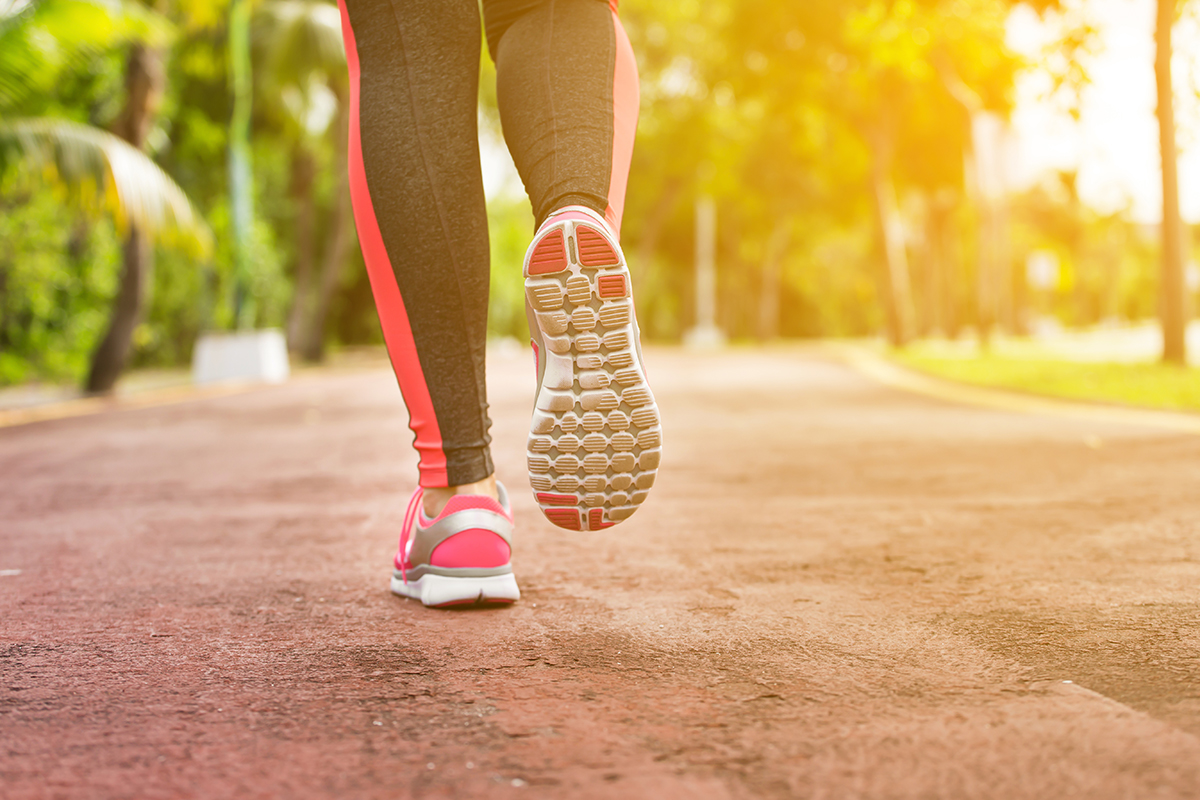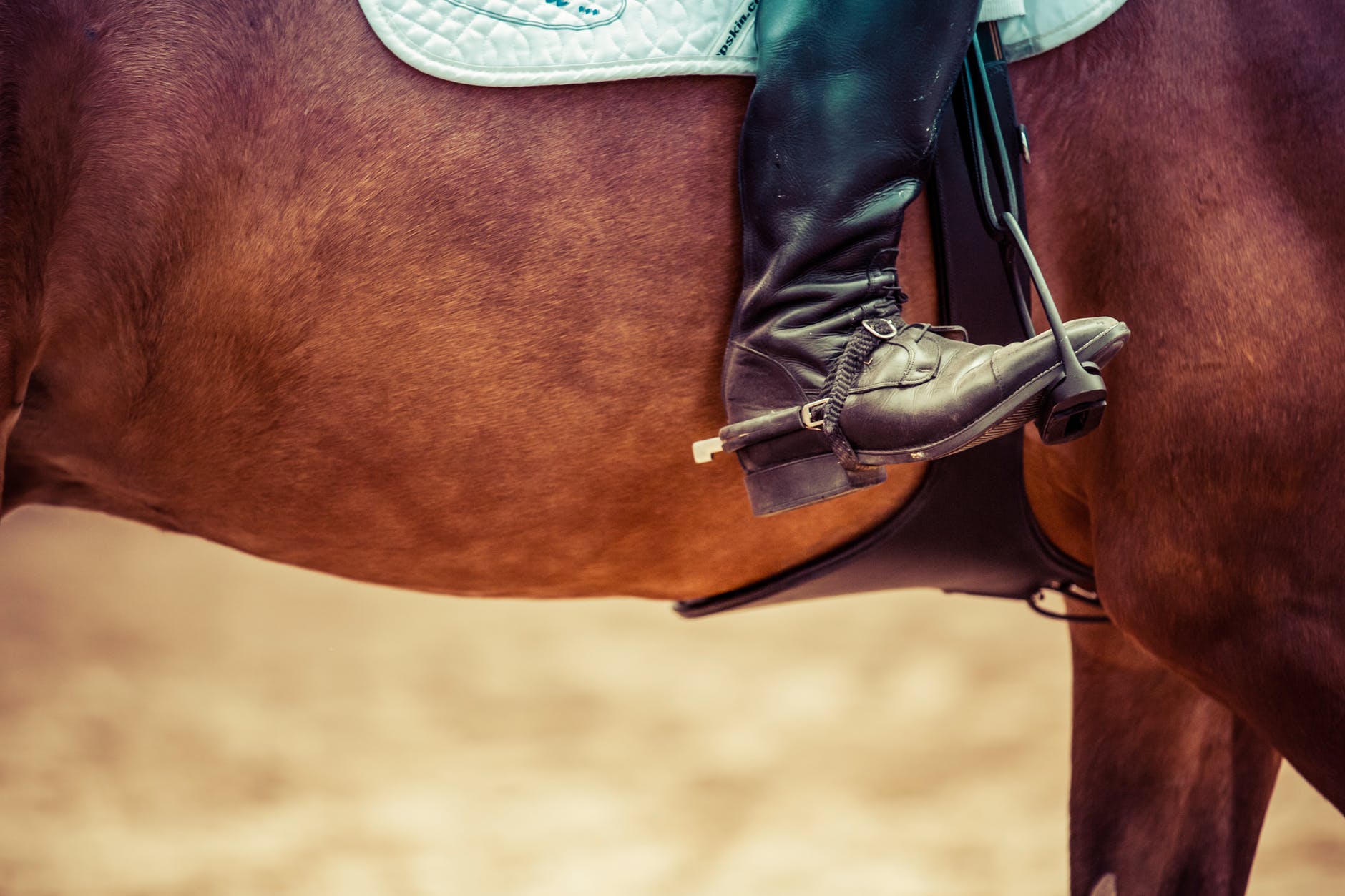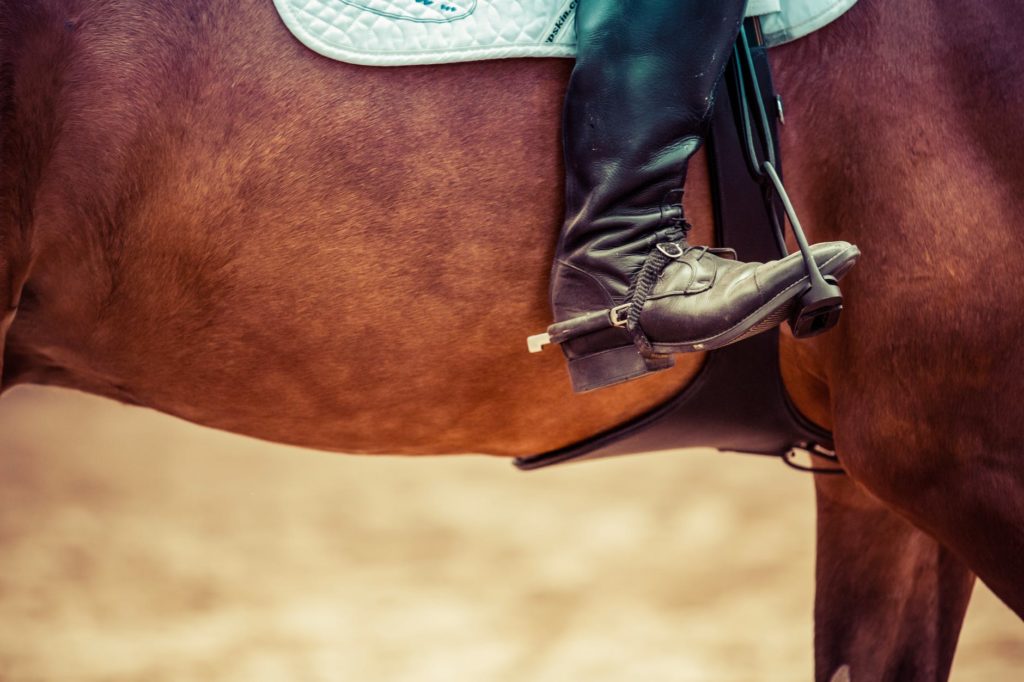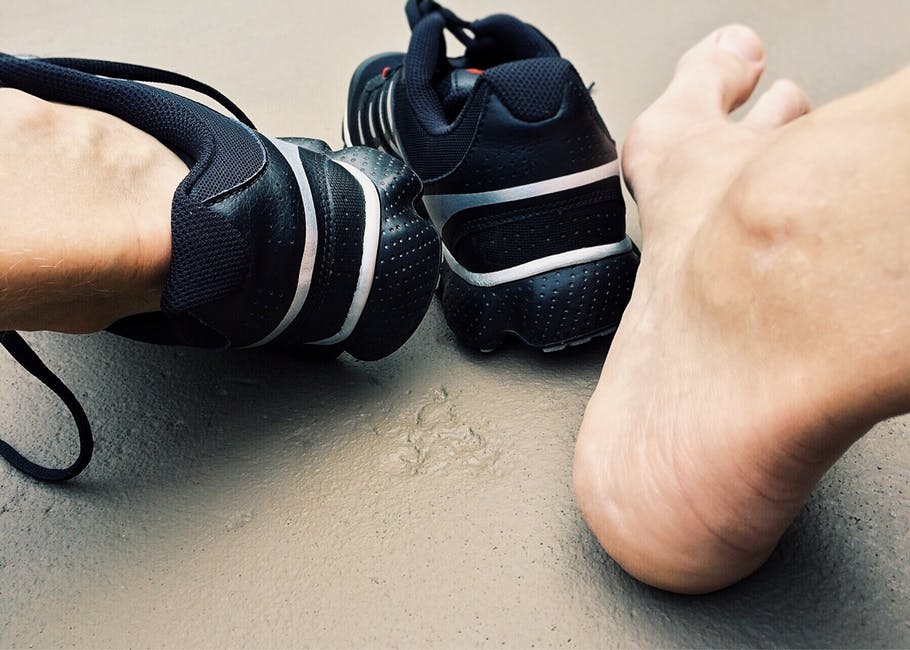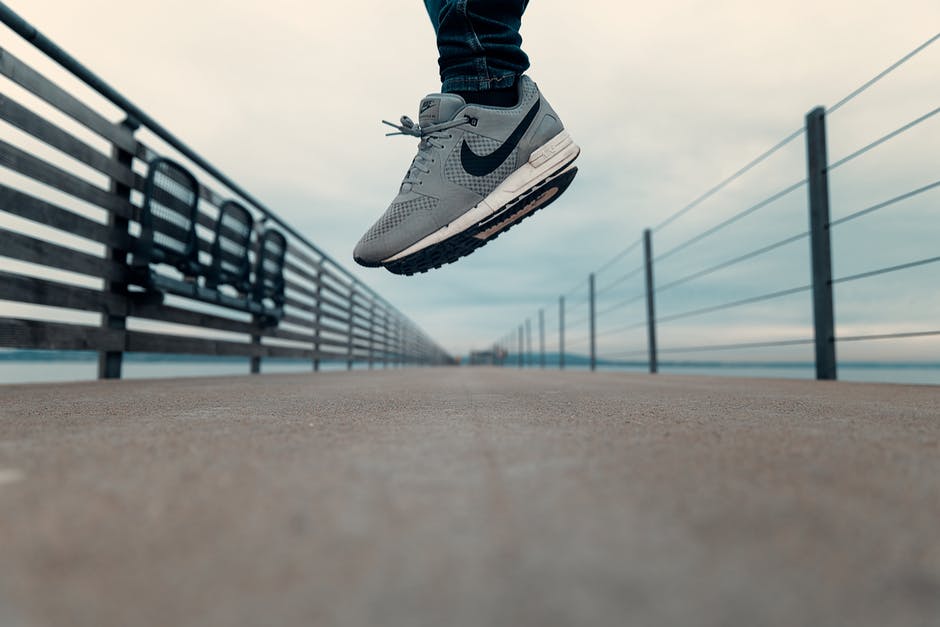Have you ever been injured? If you have, you know that anyone who has had a physical condition, sports or any injury that affects mobility or quality of life has the same goal: A rapid return to everyday activities. From practicing cryotherapy to speed up muscle healing, to spending thousands of dollars on therapy… people will do just about anything to recover faster.
At Anderson Podiatry Center, our foot doctors and medical doctors have an innovative technology that promotes cellular reproduction and growth to allow your cells to repair themselves, faster! Anderson Center for Laser Therapy is proud to be on the medical technological forefront by offering MLS Laser Therapy. You will benefit from our investment in the very best technology as a key component of our continuing quest to offer you the finest in health care.
MLS Laser therapy has been cleared by the FDA and proven safe and effective as evidenced by extensive and credible studies conducted in our country’s finest institutions including Harvard University.
MLS Laser Therapy Treats
- Back Pain
- Shoulder & Elbow Pain
- Arthritis/Degenerative Joint Conditions
- Bursitis
- Sports Injuries
- Muscle Sprains, Strains, Tears and Soreness
- Tendon and Ligament Injuries
- Occupational Injuries
- Repetitive Motion Injuries
- Pre-Surgical Treatment and Post-Surgical Swelling
- Wounds
- Bruising
- Neuropathy and other Neurological Conditions
- Headaches
- Neck Pain
MLS Laser Therapy uses specific wavelengths of light that have a strong anti-inflammatory, anti-edema effect on tissues that are exposed to the laser. Cellular reproduction and growth are accelerated, so the cells of tendons, ligaments and muscles repair themselves faster.
As inflammation is reduced, pain subsides very quickly. In simple terms, laser energy kick-starts the healing process, thereby speeding recovery. Unlike some pharmacological solutions, there are no known negative side effects.
MLS Laser Therapy is pain-less. Most patients report no sensation at all while receiving laser therapy. Treatments average 8 minutes. MLS Laser Therapy is fast-acting; many patients in high levels of acute pain experience relief after the first or second treatment. Over 90% of patients experience positive results after the 3rd treatment, with the average course of treatment being 7 to 10 sessions. In many cases, by the 3rd or 4th treatment, swelling is greatly reduced and there is a rapid relief of pain. The effects of MLS Laser Therapy are cumulative; therefore, expect to see improvement as you proceed through your treatment plan. Chronic conditions can be controlled with regular treatments. Acute conditions usually subside quickly, typically within one phase of treatments. It is critical that once you start, you complete the course of treatments recommended by your doctor or symptoms are likely to re-occur.
Benefits of MLS Laser Therapy
- Rapid relief of pain
- Strong anti-inflammatory effect
Timely healing of sprains and strains
- Rapid recovery of the structural integrity of injured region
- Rapid resolution of painful swollen areas
- Immediate improvement of local blood circulation
- Rapid repair of superficial injuries, such as wounds and ulcers
- Affordable cost
Call us to see if MLS Laser Therapy is right for you!
Call us today at our Fort Collins location (970) 329-8158, Broomfield location (303) 997-2795, Surgery Center (970) 329-8158, or use our online scheduling system to book your appointment.
